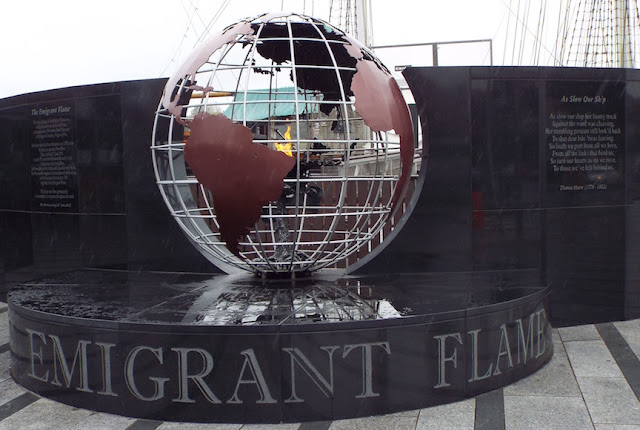A pictorial tour from the banks of Lough Derg where the mighty River Shannon flows,
past the counties Clare and Tipperary.
Autumnal colours at Mount Shannon
It was with sorrow that we found an inconvenient Convenience.
It does make me wonder about the sincerity of the local administrators,
closing down buildings such as these.
Where do they expect needy visitors to relieve themselves ?
It is against the Law in Ireland to relieve oneself within in a public area
irregardless of whether private parts are actually visible - even behind a tree.
In Mount Shannon harbour a foreign ( Dutch ?) craft is for sale.
I found her stern quarters as attractive as her bow and especially the yellow detailing.
The mascot of the Iargo Sneek.
From the banks of east Clare across a placid Shannon to Tipperary.
I think that the tower house, bottom right is Castlebawn which was restored in 1995
Lots of islands loiter creating dreams for some.
In case you are wondering I am not focussed on the tree :-)
More islands lurking near the banks of Clare can be seen when in County Tipperary.
From Portroe in Tipp to the misty mystique of county Clare.
In the foreground an old sleeping ground of yesterday's people lie silently slumbering.
I hope that you have enjoyed this photographic visit
as much as I have in sharing them.







































